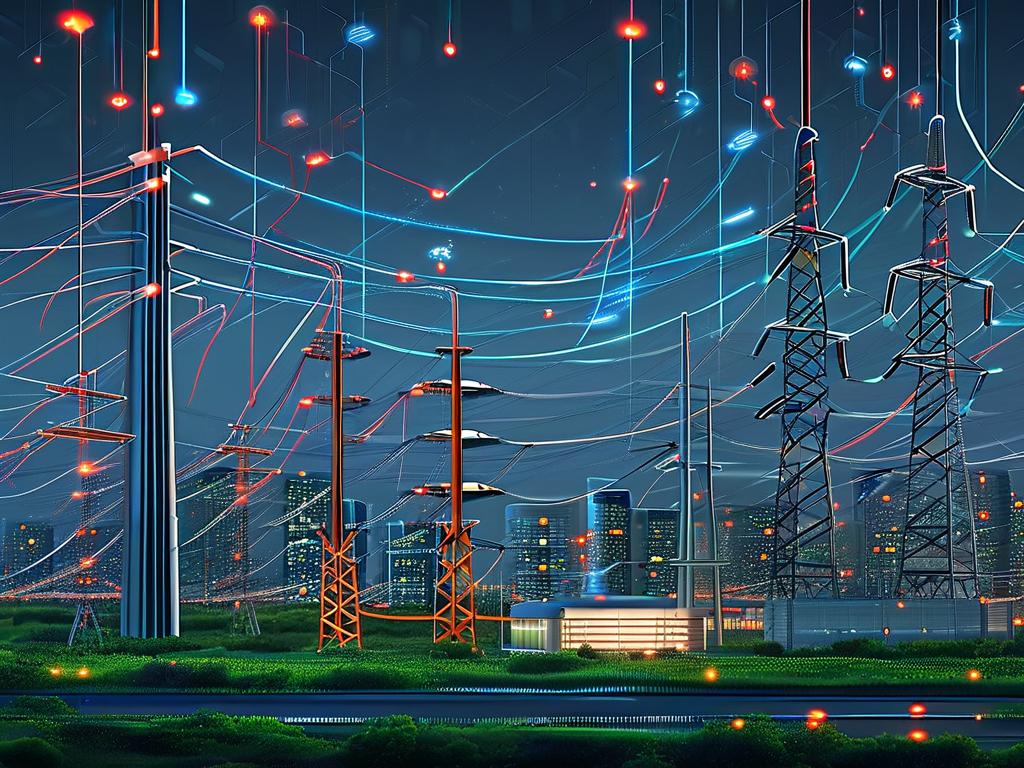In the era of digital transformation, distributed cloud architecture has emerged as a cornerstone of modern IT infrastructure. By combining the scalability of cloud computing with the resilience of distributed systems, this paradigm enables organizations to deliver seamless, high-performance services across global networks. This article explores the principles, benefits, challenges, and future trends of distributed cloud architecture.

Understanding Distributed Cloud Architecture
Distributed cloud architecture refers to a system where cloud resources-such as compute, storage, and networking-are decentralized across multiple geographic locations. Unlike traditional centralized cloud models, which rely on a single data center, distributed architectures leverage edge computing, regional nodes, and hybrid environments to reduce latency, enhance redundancy, and comply with data sovereignty regulations. Key components include:
- Edge Nodes: Localized servers that process data closer to end-users.
- Global Load Balancers: Tools that distribute traffic efficiently across nodes.
- Automated Orchestration: Frameworks like Kubernetes for managing containerized workloads.
Advantages of Distributed Cloud Systems
- Improved Performance: By minimizing the distance between users and servers, distributed clouds reduce latency. For example, a video streaming platform using edge nodes can deliver 4K content without buffering.
- Enhanced Reliability: Redundant nodes ensure continuity during outages. If one node fails, traffic reroutes to others-critical for industries like finance and healthcare.
- Regulatory Compliance: Storing data in specific regions helps meet GDPR or CCPA requirements, avoiding legal penalties.
- Cost Efficiency: Organizations pay only for the resources they use, scaling up or down dynamically.
Challenges and Solutions
Despite its benefits, distributed cloud architecture introduces complexities:
- Security Risks: Decentralized systems expand attack surfaces. Mitigation strategies include zero-trust security models and end-to-end encryption.
- Management Overhead: Coordinating multiple nodes requires advanced monitoring tools like Prometheus or Datadog.
- Interoperability Issues: Hybrid environments (public/private clouds) demand standardized APIs and protocols such as REST or gRPC.
Real-World Applications
- E-Commerce: Retail giants like Amazon use distributed clouds to handle Black Friday traffic spikes while maintaining site responsiveness.
- IoT Networks: Smart cities deploy edge nodes to process sensor data in real time, enabling applications like traffic management.
- Gaming: Cloud gaming platforms (e.g., NVIDIA GeForce NOW) rely on distributed servers to render high-fidelity graphics without lag.
Future Trends
- AI-Driven Optimization: Machine learning will automate resource allocation, predicting demand patterns to pre-scale infrastructure.
- 5G Integration: Ultra-low latency from 5G networks will unlock new use cases, such as autonomous vehicles relying on real-time edge processing.
- Sustainability Focus: Energy-efficient data centers and carbon-aware load balancing will align distributed clouds with ESG goals.
Distributed cloud architecture represents a paradigm shift in how businesses leverage technology. By balancing performance, resilience, and compliance, it empowers organizations to thrive in an increasingly interconnected world. As advancements in AI, 5G, and sustainability reshape the landscape, adopting a distributed approach will no longer be optional-it will be essential for competitive agility.









